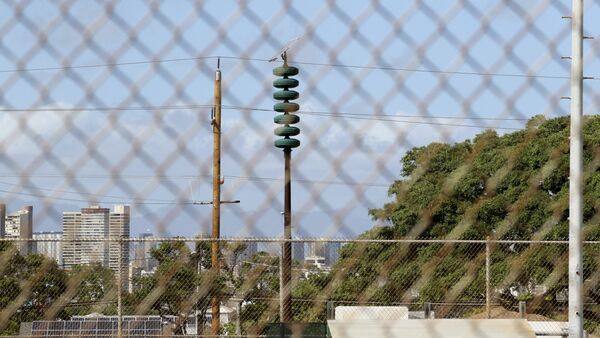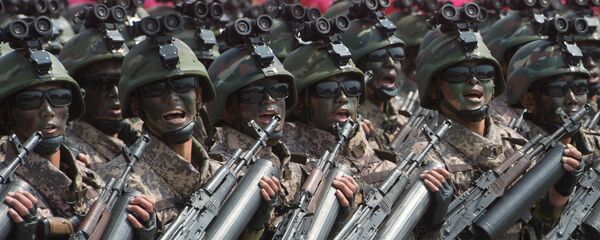According to the office's annual report, the $36 billion system demonstrated it was able to defend the US mainland and Hawaii "from a small number" of intermediate range or intercontinental ballistic missiles [ICBMs] launched "with simple countermeasures."
The report said that a live-fire test of Raytheon's Exoatmospheric Kill Vehicle last May, during which it successfully defeated a replica of a North Korean ICBM, contributed to the testing office's confidence.
The system "performed without fault," as the booster "flew as designed and delivered [the warhead] to the proper geographic position with the designed velocity" before the interception of the dummy target, the report said, as cited by The Japan Times. "Guidance systems throughout the engagement functioned nominally."
Tensions continue to rise this year after North Korea made significant progress in its nuclear arms program in 2017, firing an ICBM in November that it claims is capable of hitting any target on the US mainland. In response, while leaving the door open for negotiations, the Trump administration looks to be increasingly preparing for a preemptive strike against North Korea.




